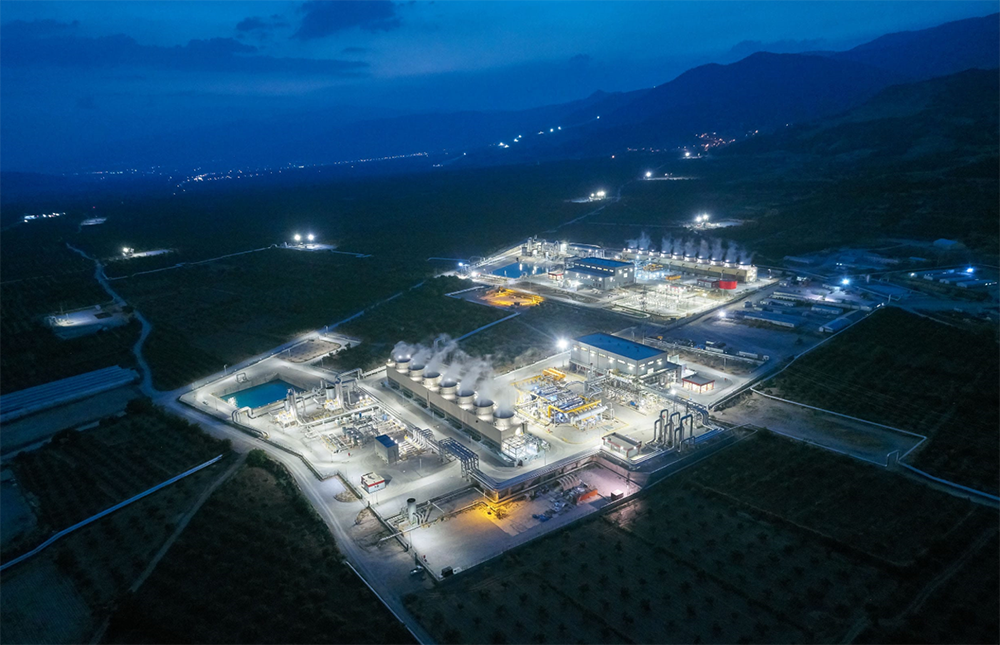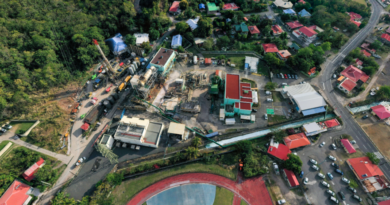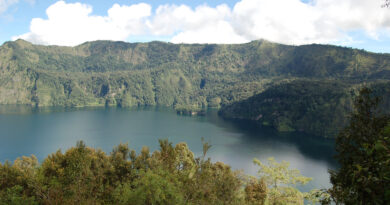How technology can help make geothermal a reality
Energy Disrupter
In this opinion piece, Ajit Menon of Baker Hughes emphasizes how partnerships and a good technology portfolio can help reduce the risks associated with geothermal development
In an opinion article published in Hart Energy, Ajit Menon of Baker Hughes provides an interesting take on how technology is the key to making geothermal energy a reality.
In highlighting aspects of what is holding geothermal back, he describes how geothermal development requires huge capital costs and that operators want to eliminate risks as much as possible. Ajit Menon further expounds on this in the excerpt below, republished with permission by Baker Hughes.
“
So, what’s holding geothermal back?
Mostly, it’s simple economics. Geothermal projects require high levels of capital investment up front—typically between $2 million and $7 million per well. Even though those costs can be recouped over the long term, it’s no surprise that many operators want a quicker payout or want to reduce costs and eliminate as many risks as possible.
How can they do that? One way is by choosing and deploying the right technology that performs reliably, meets the challenges of HP/HT environments and delivers on project goals.
That’s harder than it sounds. In 40-plus years of working in geothermal, with expertise in both surface and subsurface operations, Baker Hughes has learned that it takes a special set of capabilities to move geothermal projects from design phase to commercial success.
First, it takes a technology portfolio that spans the life cycle of the geothermal asset:
- Well construction, including expertise in planning, designing and constructing wells in extreme conditions;
- Surface production, both reliably conveying the heat transfer and producing power from it; and
- Integration and project management capabilities to ensure that projects are more efficient, more predictable and delivered on time.
Second, it takes investment: The high upfront capital costs required by geothermal projects usually means that developers are looking to partner with companies that have the confidence, willingness and resources to invest in the project’s success.
Last, it takes commitment: Geothermal is a long-term game, and it requires a long-term commitment of time and resources. Over a period of time, technology challenges will change, and best practices will always evolve.
Baker Hughes is committed to making energy cleaner, safer and more efficient, and helping geothermal reach its full potential is one way of delivering on that commitment. The company seeks to make geothermal projects more efficient, more predictable and more prominent in the renewable energy mix.
But no company and no industry, however well-intentioned or well-resourced, can alone help society reach net-zero carbon emissions. Partnership and collaboration are critical to advancing geothermal and other less-emissive energy sources with speed and at scale.
The challenges are significant. But with the commitment of industry, technology can advance to the point where public support for geothermal will grow, setting the stage for further technological breakthroughs. That could spark a virtuous cycle, one that holds the potential to make geothermal a real game changer in forging the transition to a lower-carbon energy future.
”
Source: Hart Energy

















